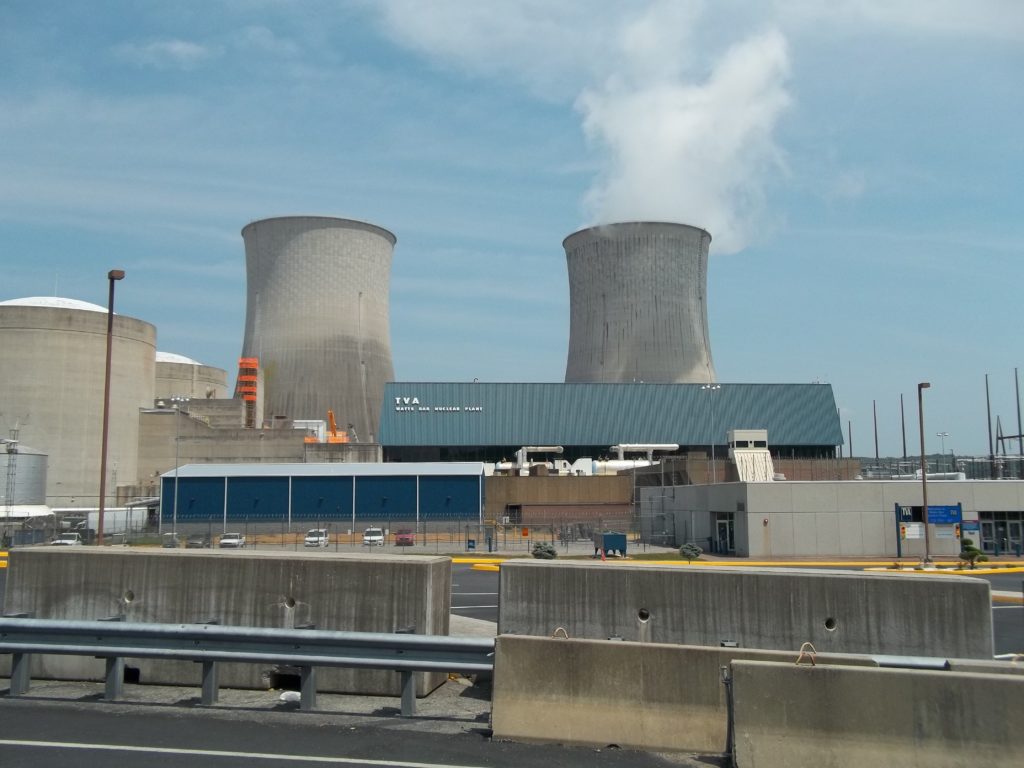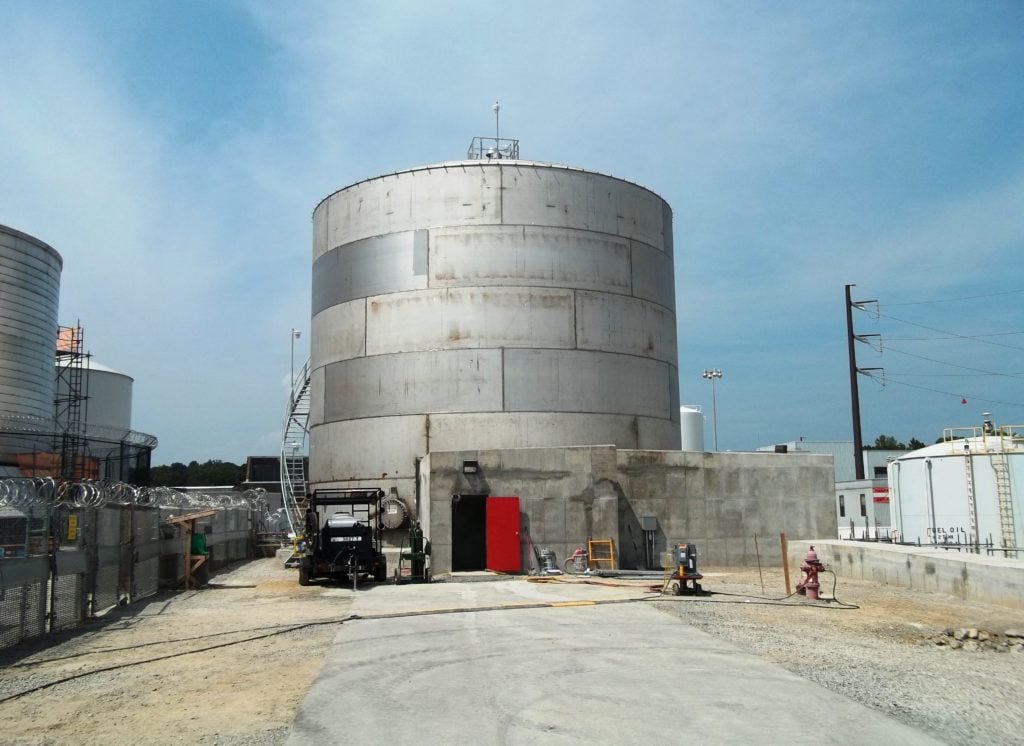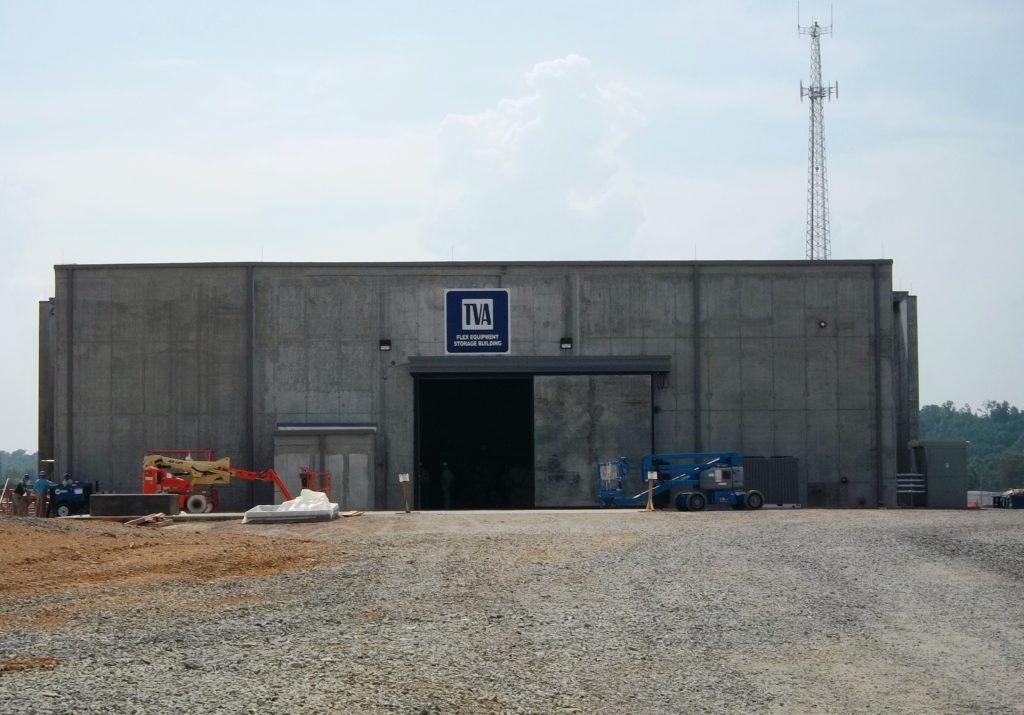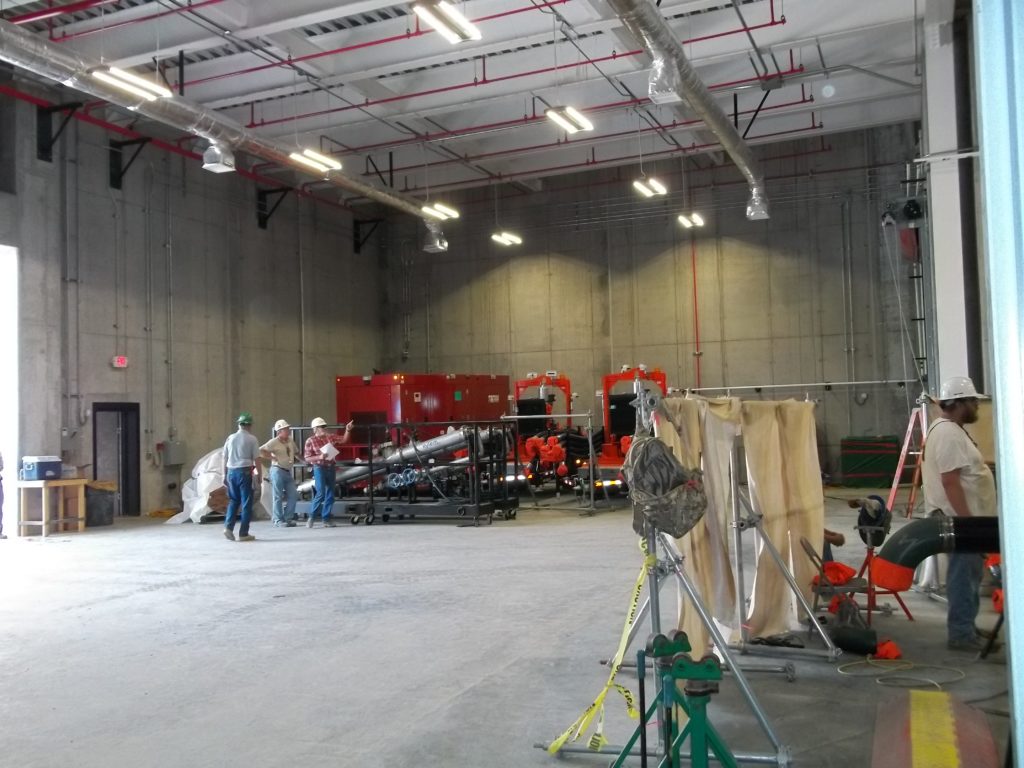Last year, the Tennessee Valley Authority (TVA) created a Community Action Panel (CAP) as its Watts Bar Unit 2 reactor neared the end of construction and prepared to request that the Nuclear Regulatory Commission (NRC) issue an operating license.
Nearly two dozen individuals form the CAP. TVA schedules CAP meetings roughly every 4 to 6 weeks that are conducted at the Watts Bar site. While the focus is on Unit 2, TVA also provides updates on Unit 1’s operation and activities common to both units (such as the facility under construction at the site for the dry storage of spent fuel).
The Southern Alliance for Clean Energy and the Bellefonte Efficiency & Sustainability Team / Mothers Against Tennessee River Radiation approached me last summer about joining the CAP. TVA agreed to my request to be added to the CAP and I attended the second CAP meeting on August 7, 2014.
Prior to that meeting, TVA offered CAP members a plant tour. We were shown the shared main control room for the two units, the Unit 2 turbine and containment buildings, and some of the equipment added to the site in response to the NRC’s post-Fukushima orders.
For example, we saw the large metal tank installed to provide a source of water for the reactor vessels and spent fuel pools in case of a beyond design basis accident (Fig. 2).
We also saw the concrete building TVA built on a knoll at the site to house FLEX equipment (Fig. 3). In the fable about three little pigs and the big bad wolf, houses built of straw and wood are no match for the wolf, but a brick house protects the third pig. A fourth little pig would be hard-pressed to find more secure housing than the FLEX building at Watts Bar.
The FLEX building contains portable equipment such as power generators, pumps, and lights to enable workers to respond following an extreme nature event that disables the permanently installed emergency equipment (Fig. 4).
I attended the CAP meeting on August 7 and all subsequent CAP meetings except for one. Mike Skaggs, TVA Senior Vice President for Watts Bar Operations and Construction, and Kevin Walsh, TVA Site Vice President at Watts Bar, conducted the meetings joined by several members of the Watts Bar staff. The CAP meetings typically last one to two hours. TVA provides updates on site activities followed by an open discussion.
Our Takeaway
What I saw during the plant tour was impressive. But what I’ve seen during the CAP meetings has been far more impressive. TVA has been exceedingly forthcoming. CAP members can propose items to be discussed during the next meeting and can (and do) ask questions during the meetings. TVA often defers issues to the next CAP meeting. At that next meeting, the TVA manager responsible for the topic presents the response and then freely responds to follow-up questions. TVA’s responses have been unerringly thorough and candid, even to issues somewhat distant from the Unit 2 startup that is the primary focus of the meetings. The CAP members ask questions a little more challenging than “who’s buried in Grant’s tomb?” And TVA’s answers are far more useful than “dead people.”
I realize that TVA’s creation of the CAP was not entirely unselfish—it serves a valuable PR function. But the demonstrated level of effort and commitment to the CAP is commendable. I greatly appreciate TVA voluntarily undertaking this initiative and making it so useful.




